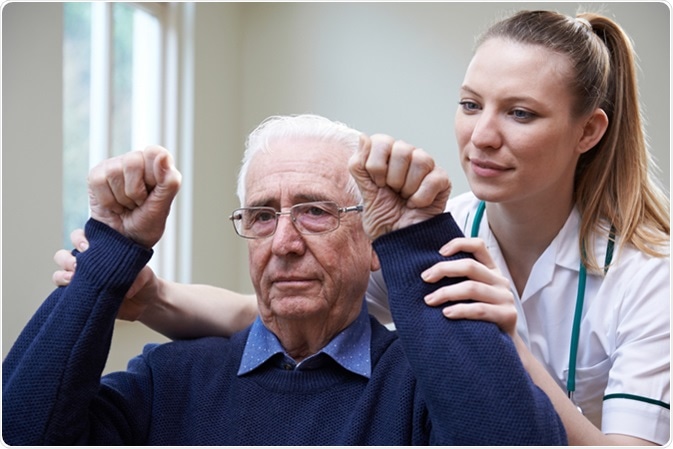Deprivation of brain oxygen and nutrient supply due to reduced or interrupted blood flow leads to stroke. Such condition seeks immediate medical attention; if treated promptly, brain damage and other complications arising from stroke can be prevented. Inflammation in the brain produced by the stroke is involved in every phase of stroke (acute, sub-acute, and chronic) and can exacerbate the damage and brain dysfunction caused by all types of stroke (ischemic stroke and hemorrhagic stroke, including intracerebral hemorrhage (ICH), intraventricular hemorrhage (IVH), and subarachnoid hemorrhage (SAH)).

There are two types of stroke: ischemic stroke – which accounts for 80% of all stroke cases, and occurs due to blockage in the arteries which supply blood to the brain; and hemorrhagic stroke – which occurs due to leaking or bursting of a blood vessel. The main signs and symptoms of stroke include speech difficulties, confusion, paralysis or numbness of the face, arm, or leg, vision problem, headache, and troubled locomotion.
Inflammation, which is body’s immune response to harmful agents/injuries, plays a crucial role in the pathogenesis of ischemic stroke. Many cells, such as white blood cells, platelets, endothelial cells, and mast cells get activated during inflammation process, and start releasing proinflammatory mediators such as histamine, prostaglandin, lysosomal compounds, and cytokines to trigger vasodilation and increase blood vessel permeability. As a result, blood supply to the injured or affected area increases, which, in turn, brings more defense cells to the affected site and triggers the healing process.
In case of ischemic stroke or brain injury due to lack of oxygen, both acute and chronic inflammatory processes get activated. Such phenomena are characterized by rapid activation of microglia (resident macrophage cells which act as the first line of defense system in the central nervous system), production of proinflammatory mediators, and infiltration of inflammatory cells such as neutrophils, T cells, macrophages, phagocytes etc. to the site of injury.
To read the full story, go here: https://www.news-medical.net/health/Inflammation-and-Stroke.aspx?fbclid=IwAR2MCV1sCQD2qzXK1IbJlUVGaXpeu4Bh7qVJ0hNXg-m9KkVmDgaiqUh6P28

